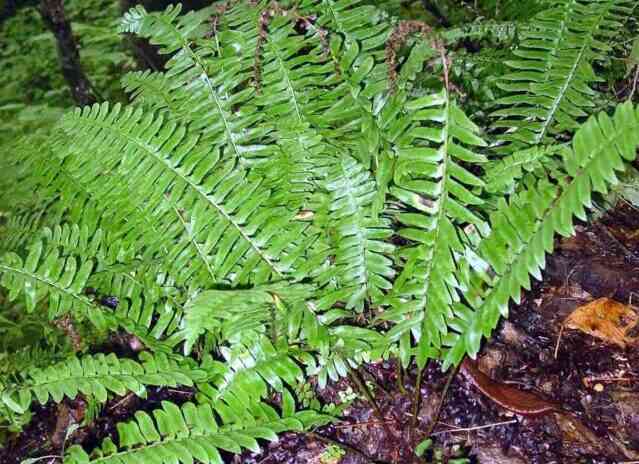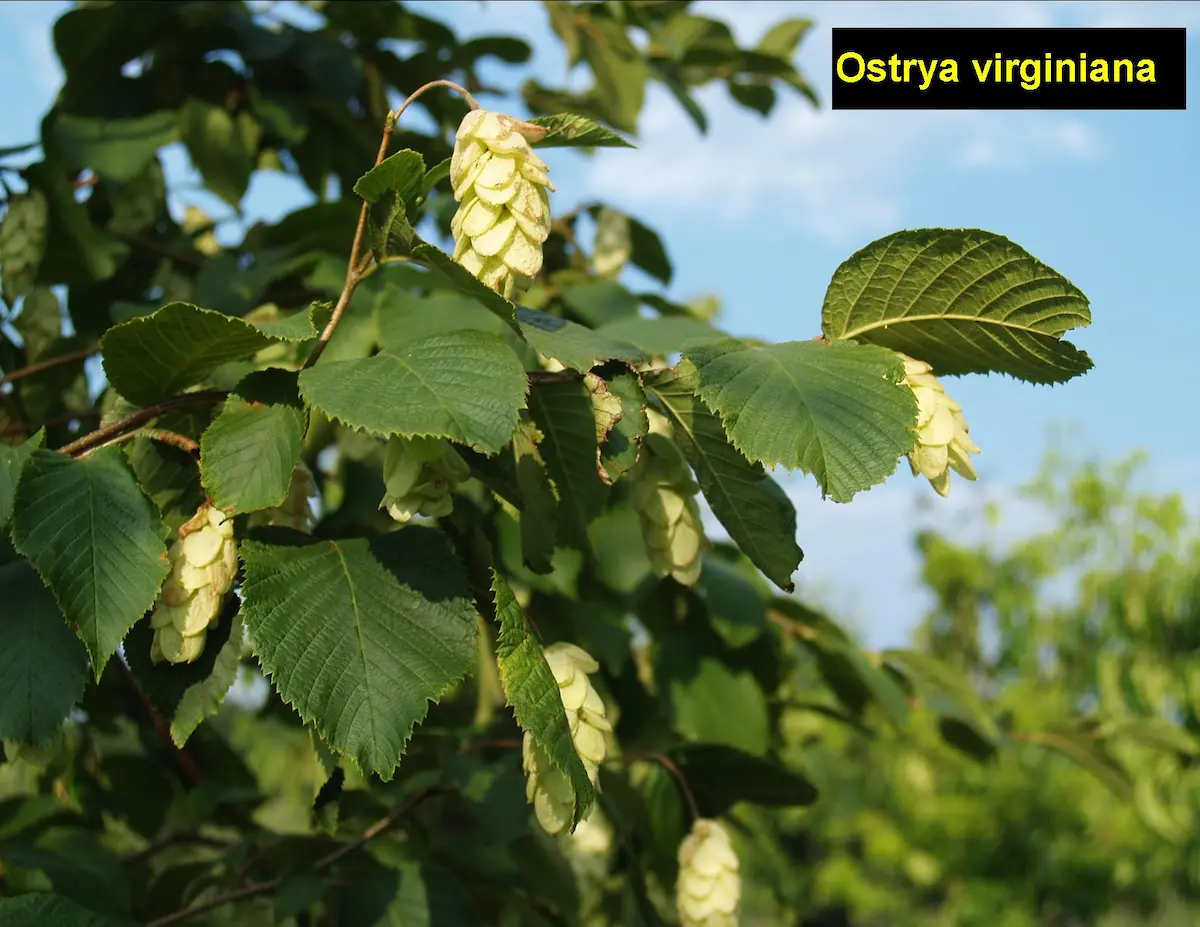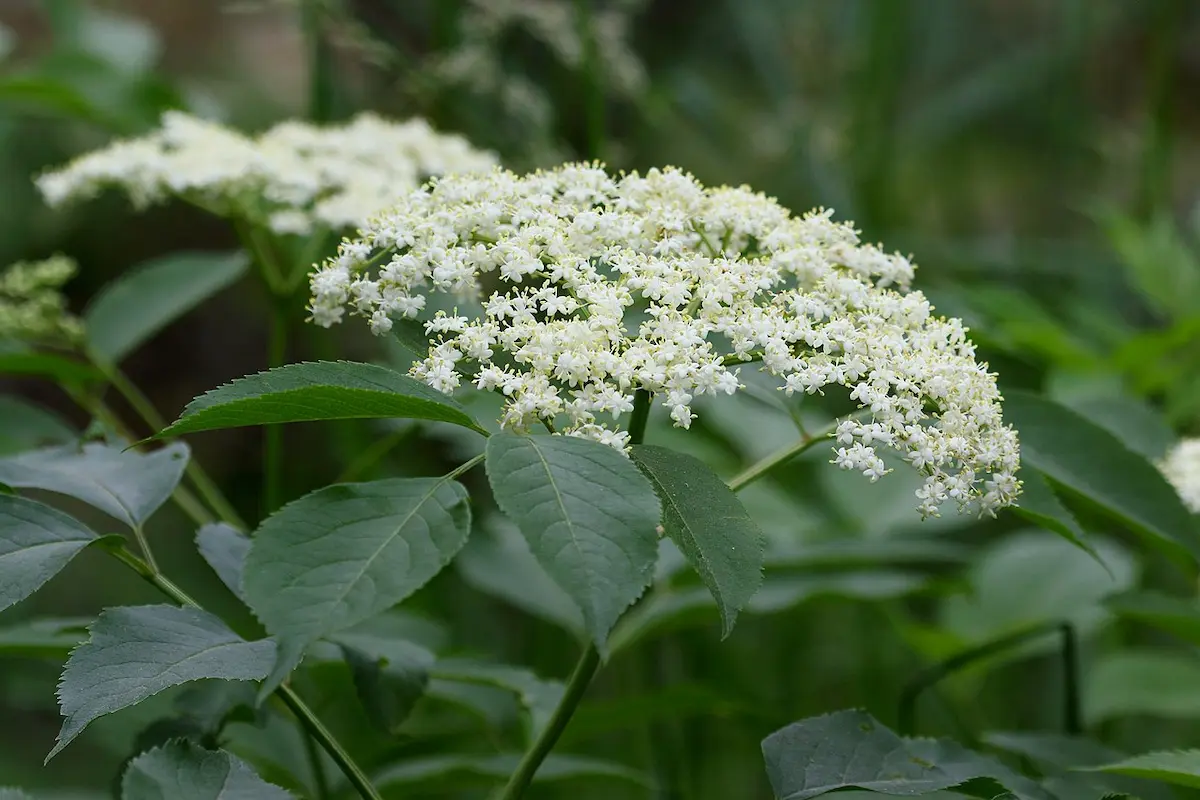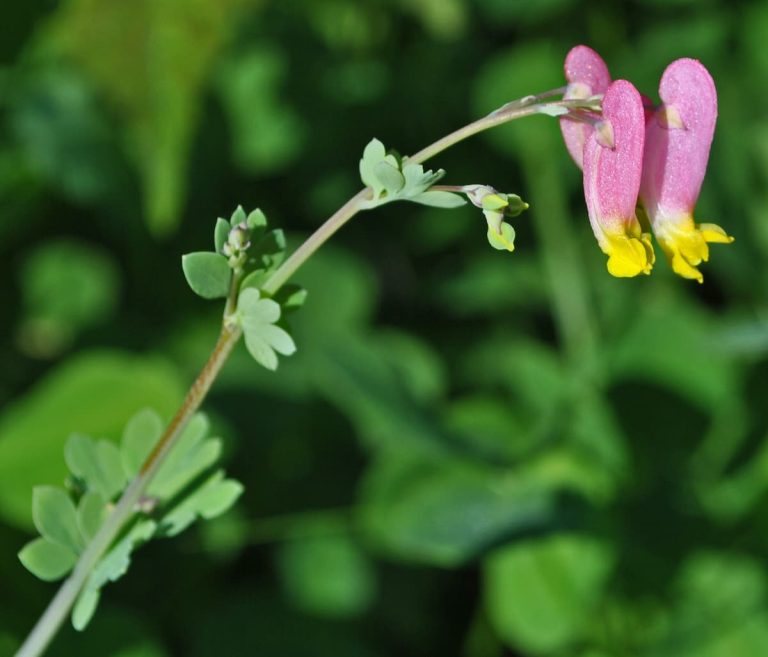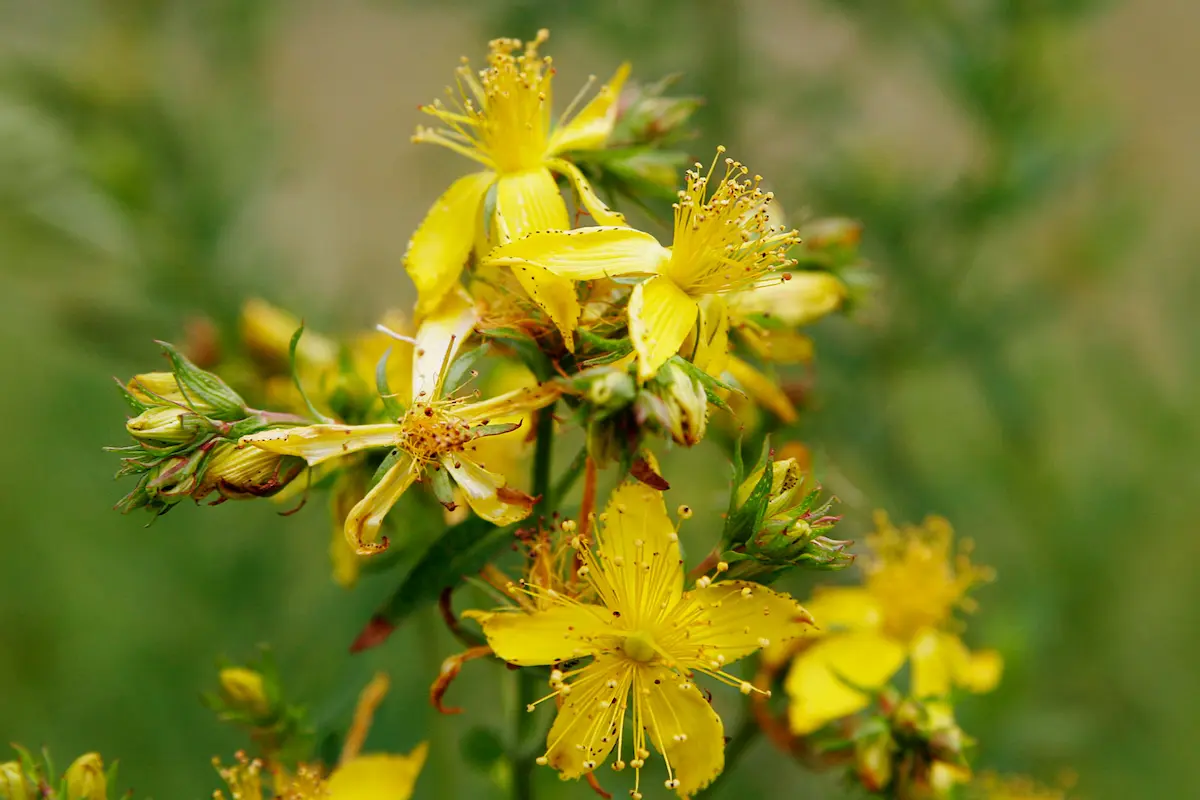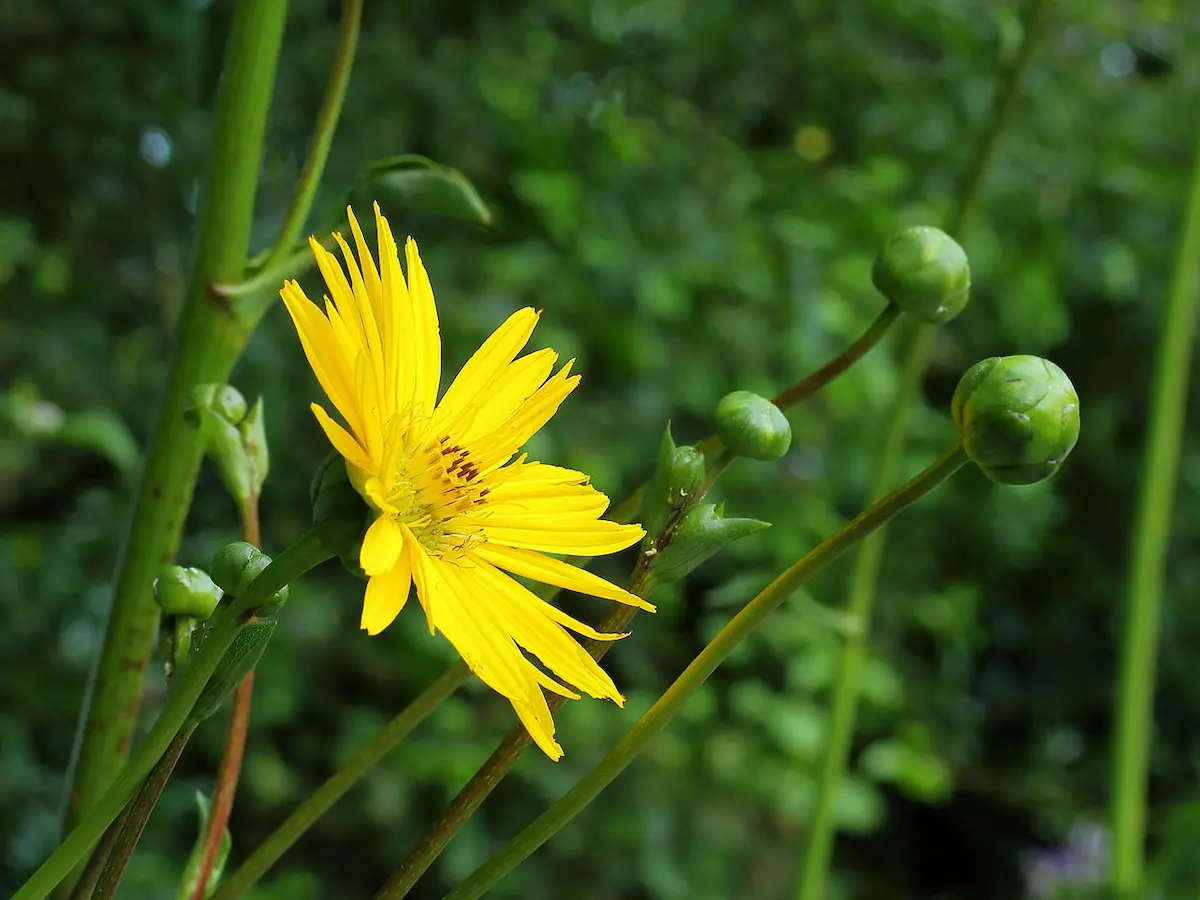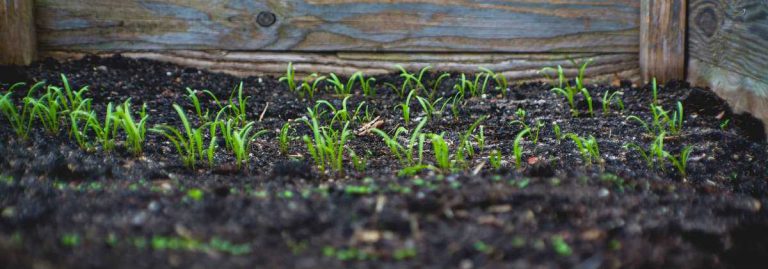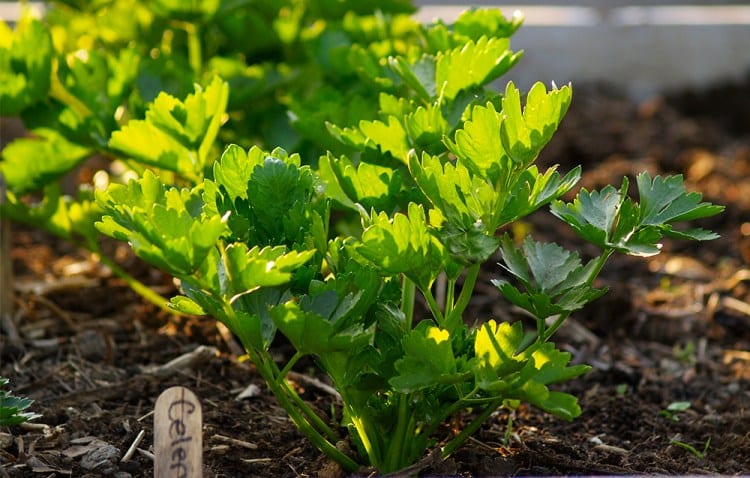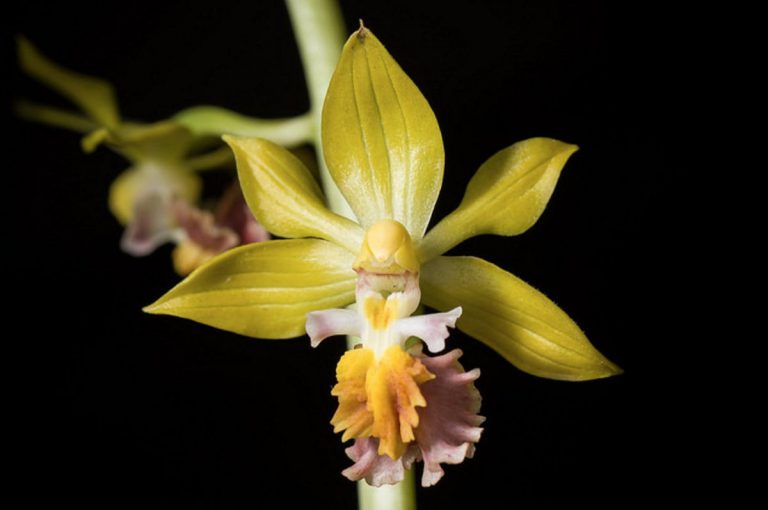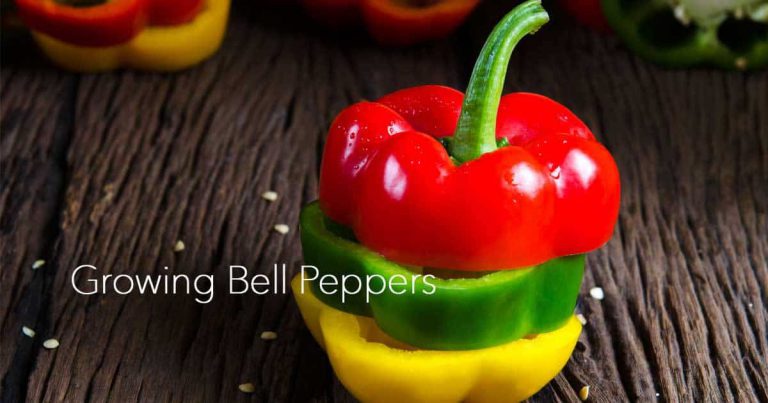Your cart is currently empty!
- Quick links to Garden Events In…
- visit botanical gardens, Public Gardens, and ArboretumsGarden maps for north americaGarden maps for other continents
Companion planting
-
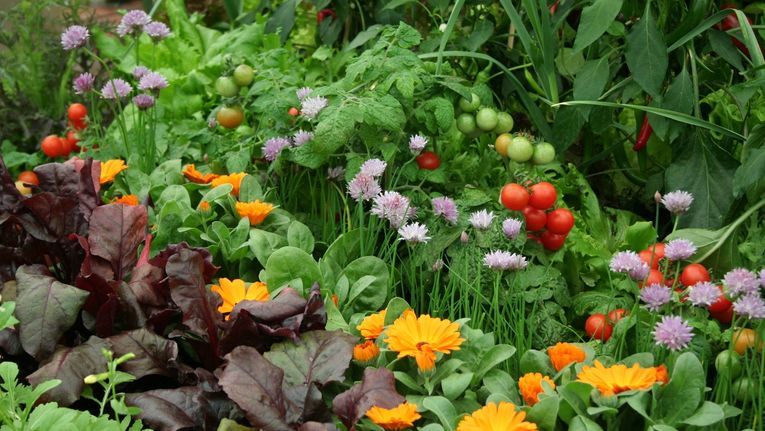
A Garden to Welcome Beneficial Insects
Spring excites us as we plan our gardens. Important to consider as part of a plan is how to attract beneficial insects. These tiny…
-
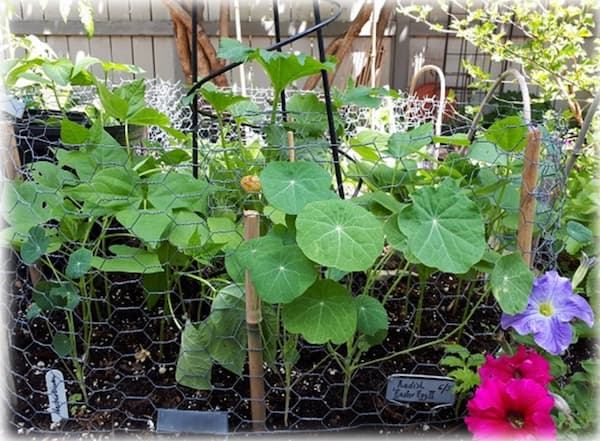
Mixing it Up: Combining Edibles with Ornamentals
Author: Claire McCaughey, Master Gardeners of Ottawa-Carleton Just a few decades ago, planting ornamental plants and food crops together would have been frowned upon…
-
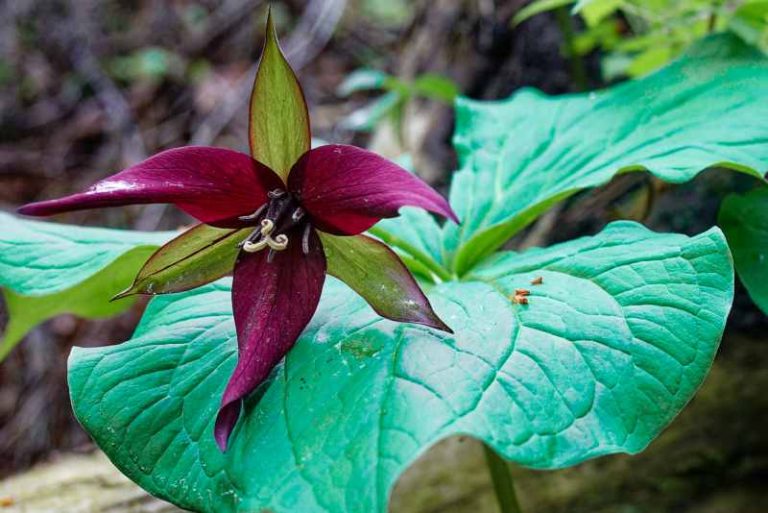
Red Trillium, a Popular Wildflower
Red trillium, one of the most popular forest wildflowers, ushers in spring with its lovely, fragrant, maroon-purple blooms. It is one of the most…
-
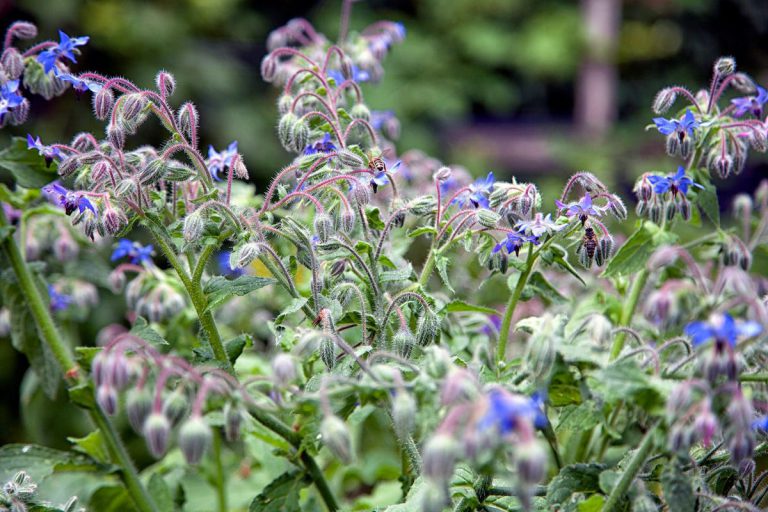
Borage Has Many Uses
Borage is a tall, attractive plant, often grown in flowerbeds with bright blue star-shaped edible flowers. Also known as “starflower,” the borage herb is…
-
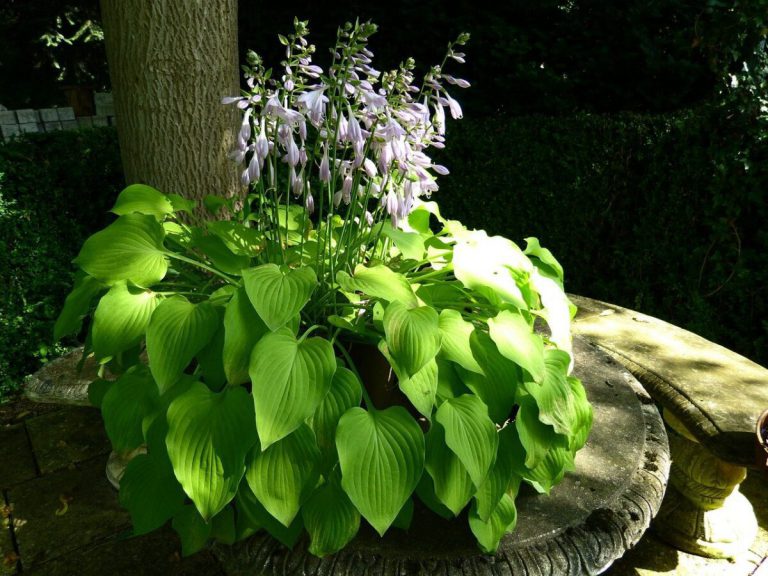
Hostas and other Shady Characters!
Hostas are lush, leafy perennials that generally thrive in shade to part sun. They are sought after for their leaves, and their ability to…
-
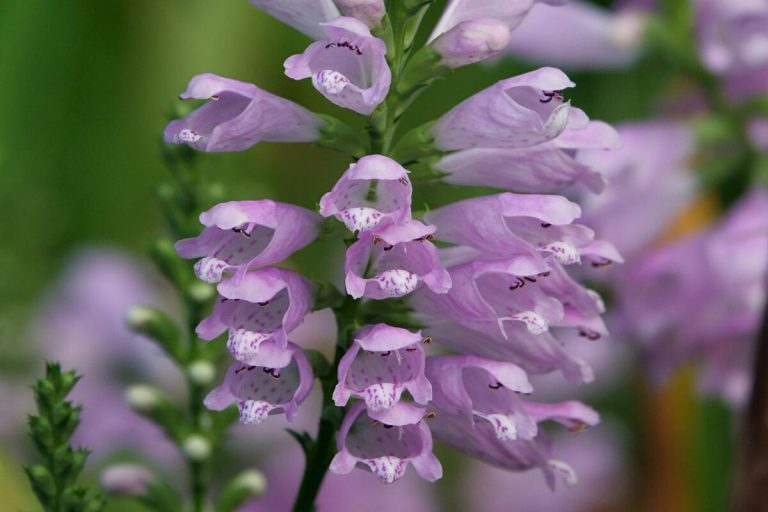
Obedient Plant has Wonderful Flowers
Obedient plant, true to its name, its flowers are “obedient” and can bend in any direction. The obedient plant is a flowering plant in…
-
Golden Alexander Is an Early Bloomer
Golden Alexander (Zizia aurea) is an important early source of pollen and nectar for newly emerging bees and other insects. It is an early spring…
-
Red Columbine is a Wonderful Woodland Flower
This beautiful woodland wildflower has showy, drooping, bell-like flowers that turn from red into yellow. Its lovely floral display, ease of growing, and overall…
-
Cardinal Flower Attracts Pollinators
Cardinal flower (Lobelia cardinalis) is a native herb that grows along riverbanks and is occasionally found in garden flower beds as a perennial. Cardinal…
-
Christmas Fern
The Christmas Fern got its name because it flowers in winter and stays green throughout the holidays. The fronds of this plant are up…
-
-
Ironwood Quick Growing Guide
The Ironwood makes a great backyard tree as it is resistant to many diseases and insect problems. It tends to blend in with other…
-
American Elder
At least 50 species of songbirds, upland game birds, and small mammals relish the fruit of American elder during summer and early fall. American…
-
Pale Corydalis has a Delicate Flower
Corydalis sempervirens is an attractive biennial native to rocky, shallow-soil sites and cooler climates. It is easy to start from seed and has light…
-
Jack-in-the-Pulpit
Jack in the Pulpit has a unique and beautiful tubular green leaf. It is easily grown in fertile, medium to wet soil in part…
-
Great St. John’s Wort Care and Uses
St. John’s Wort is a magnificent, vivacious plant with flowers that can be up to 5 cm wide. It is easy to cultivate and…
-
Prairie Dock
Magnificent Silphium genus, it displays its bright yellow flowers on tall stems in late summer. Grows easily from seed, and is at home on…
-
Soil Calculator and Raised Garden Bed Basics
It is imperative that soil contains vitamins, nutrients, and organic matter that can feed the plants, as well as give the roots plenty of…
-
Planning A Garden Wisely: How To Avoid Garden Planning Mistakes
Growing a garden is a great way to make your yard look beautiful while adding to nature. There are many different garden styles and…
-
Building a Home Vegetable Garden
If you have a garden of your own, getting access to fresh fruits and vegetables is convenient, but what if you live in an…
-
How To Grow Your Own Organic Celery
Celery has a reputation as one of the most daunting vegetables to grow. In fact, many people like to grow it for the challenge…
-
Outdoor Orchids For Shade Gardens
Hardy orchids are not for the faint-of-heart gardener but those who love plants have found success growing them as natives among a wildflower planting,…
-
Companion Plants For Tomatoes
Some people believe in tomato companion plants and others think it is some old wives tale. Growing friendly plants together is said to help…
-
Growing Bell Peppers For Gardening Beginners
So you’re interested in growing bell peppers! We find bell peppers in red, green, yellow and purple, plus they are loaded vitamin A and…
GardeningCalendar.ca gets some funding from advertisers. If you click on links and advertisements at no cost to you, the site may receive a small commission that helps fund its operation.
Partner
© 2025 J&S Calendars Ltd.










